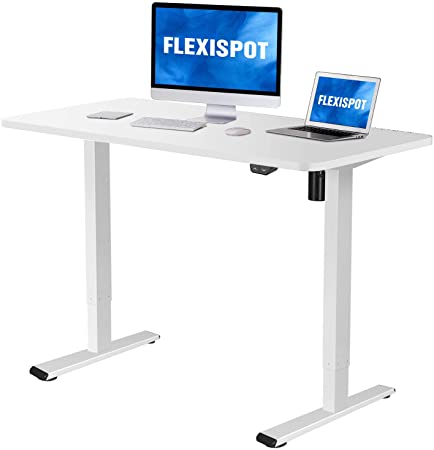PTCAS Personal Statement Tips 2024-2025
First of all, congratulations on starting your journey towards becoming a PT! I have been a PT for almost 8 years and I continue to enjoy my work. Read more about me here. I love sharing my experience and insights to help other passionate pre-PT students get into their dream schools to pursue this truly rewarding career.
I will be posting a series on my IG story and you may be following along through there or just stumbled upon this page now. Either way, welcome! And if you’re not already following my page, find me on IG @clinicalsprinkles.
Now let’s get started.
Here is the 2024-2025 application cycle prompt: “Every applicant is unique in their own way, possessing individual qualities, abilities, and backgrounds. What unique traits will you bring to the physical therapy profession that will help you to be successful?”
Tip #1 – Make sure you’re answering the prompt.
The first sentence is a leading sentence to get you thinking but truly review the second second and make sure you are directly answering the question at hand. So you have to address, what traits do you possess that will make you be a successful PT? And this answer will be different for everyone. It is what you value most and how you show it in your essay.
Tip #2 – Rewrite your essay from last year
Although the prompt is very similar to last year’s, this year’s emphasis seems to be more about the traits the candidate (you) possess and how these will help you be a successful PT rather than the experiences that led you up to this point. If you spoke heavily about other people or inspirations, you may need to rewrite your essay to answer the prompt.
Tip #3 – Read your essay aloud
When you have your final draft, make sure to read your essay aloud to ensure there’s a good flow. Make sure you take pauses where you put in a period or a comma to make sure that it flows smoothly. This is a good time to hear when you are being repetitive or have a run-on sentence.
Let’s work together
If you need a place to start, I offer a coaching service that includes a phone call to discuss your ideas/concepts and help you create an outline to write your essay. If you already have your final draft written, you can submit it to me for an in-depth consultation where I go into great depth to refine your essay and I am excellent at helping you reduce character count. More about these services is on this page.






